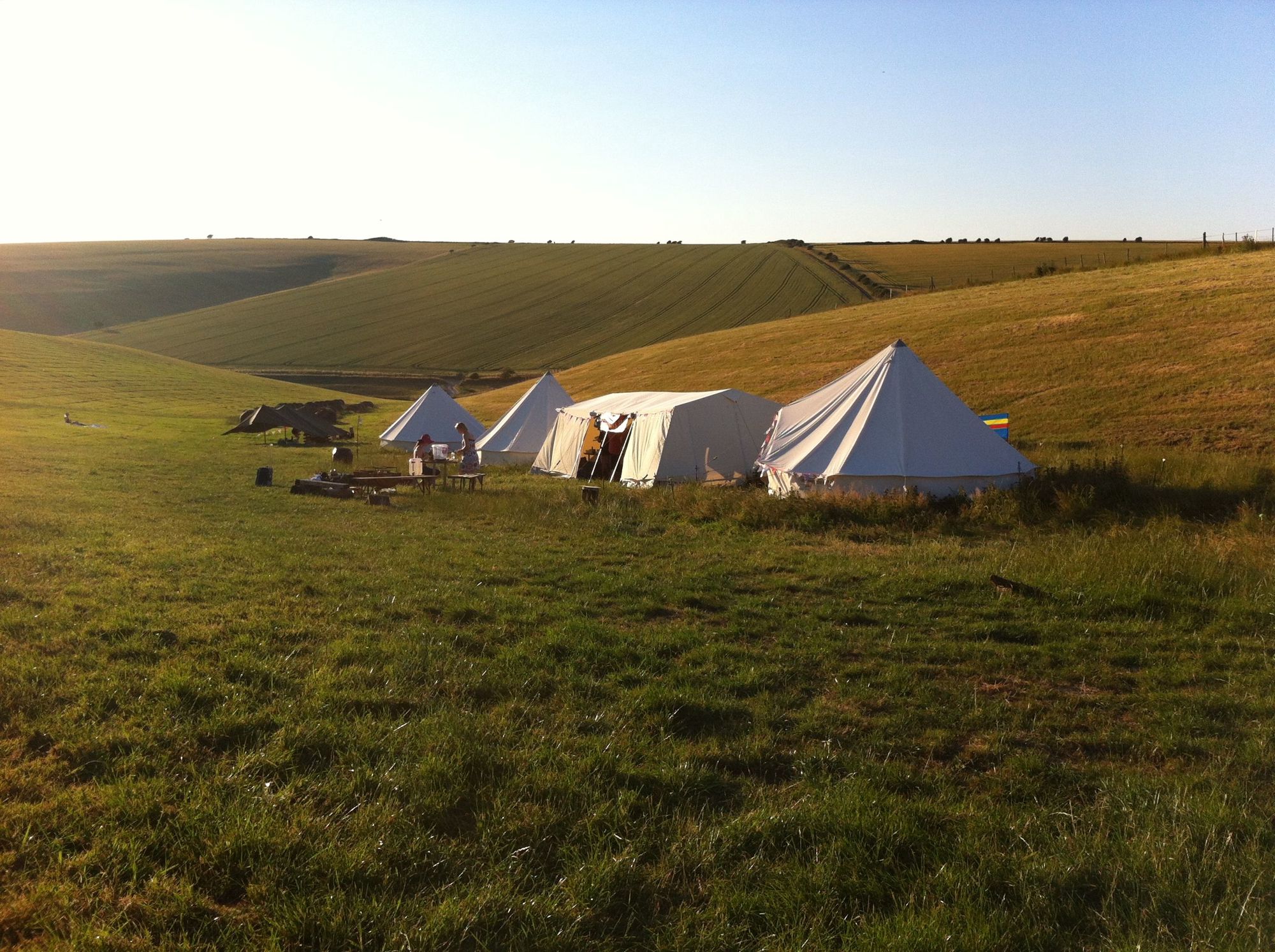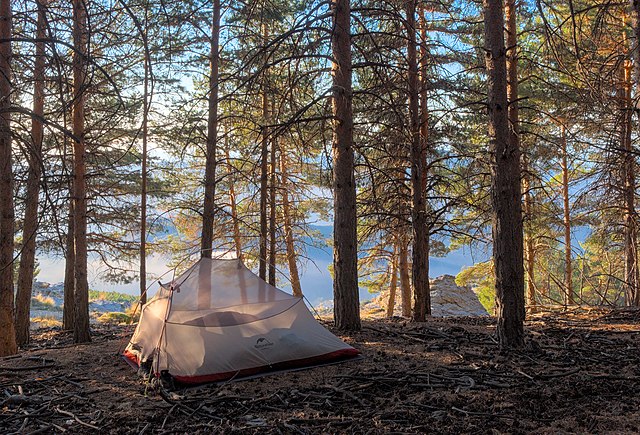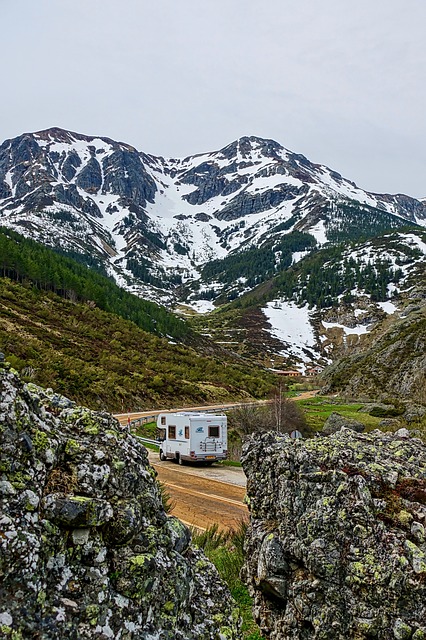
It is a wonderful way to spend your vacation. However, it is important to remember some things. Safety is the main concern. Large predators, such as bears, can pose a risk to your safety. Therefore, it is essential that you properly store food, supplies, waste, and other items. Purchase bear-resistant food storage containers for your vehicle or trunk. It's a good idea for these containers to be at least 15ft from the ground.
There are guidelines for camping in national park parks. In Yellowstone, for example, you should treat your dogs with respect. You should not allow your dogs to run wild and ensure that they aren't a danger to wildlife living in the area. To avoid unwanted attention, you must pick up after your dog. You should also practice the principle of "leave nothing trace", which means that you leave campsites exactly as they were found.

Before you arrive at a national park campground, check if reservations are available. Some national parks allow reservations online, while others don't. Do not forget to reserve your reservation before you arrive. Without a reservation, you could be turned down. It's a good idea not to wait until the last minute to reserve your room. This will avoid having to deal with the first-come-first-served system. You should book at least one calendar year in advance.
You should choose a campground with amenities when you are planning a camping trip within a national park. A designated campground may be available in the park or you may choose to camp in an area that is not developed. But dispersed camping can be difficult in a national forest. In addition, national parks usually have more rules than other campgrounds. This is why it is important to read the regulations before you put up your tent.
When you plan your trip, think about whether you'd prefer to camp in a campsite in the middle of nowhere or in the middle of nowhere. Some national parks can't be reached by cars so you may need to drive a bit to get there. Also, you will need to decide whether a campground is closer to a toilet facility or one with more privacy. A campground closer to a bathroom will be more private than one farther away.

Other things to consider when choosing campgrounds are their amenities. Some parks provide electricity while others do not. The best national parks provide toilets. You need to ensure you are satisfied with the facilities. In addition to the convenience, camping within a national forest is a great way of spending quality time with your family. The best part is that national parks often have many other amenities, making it easier for you to travel.
FAQ
How much does it cost for a hunter to become?
Hunting costs vary depending on where you live.
You may not need to pay much to gain access to public lands in some areas.
Some states require licenses and permits before you can hunt.
Hunting costs vary depending on what type of firearm you choose. A rifle typically costs more than an average shotgun.
A license cost can be between $10-$50. Depending on the number of days you wish to hunt, you may need to purchase additional tags.
Hunting certain species requires a permit. The species you hunt will dictate the amount you pay.
Wild turkey hunting can be expensive. You'll need to pay $150 for a tag.
What kind of training do I need to become a hunter? What's the time commitment?
To learn how to hunt, you must attend a basic course. This course covers the basics of hunting, as well as information on the laws.
You will learn how you can safely use ammunition and firearms. These items will be safely used.
The course can last anywhere from 2 weeks to 3 months. Some courses can only be taken online. Some courses can be accessed online.
A written test must be passed to become eligible for a licence. You may also need evidence that you have taken a hunter-education course.
How much does it cost to get licensed? What if there isn't enough money?
The cost of licensing varies by state. It costs anywhere from $20 up to more than $100.
If you do not have enough money, you may be able to apply for a loan or grant.
To pay the tag fee, you must also pay the fee. You can choose the type of game that you want to hunt and how much it will cost. Tag prices vary.
There are tags available for bear, elk and moose as well as waterfowl, upland birds and furbearers, such as foxes.
Some states require that you register with the Department of Natural Resources in order to obtain a license.
To ensure that you comply with all regulations, it is important to check the local laws before you start hunting.
Is it possible to hunt without a licence?
Yes, hunting is legal without a license. You are violating the law by hunting without a license.
You could face fines and even jail time.
Some states allow residents to hunt without a license. To find out if your state allows you to hunt in your area without a license, check with the department of natural resources.
Statistics
- According to the Wildlife Restoration Act, passed in 1937, most of the state conservation efforts are funded through hunting and fishing license sales and firearms sales. (stacker.com)
- In less than 20 years, Rhode Island saw a 40% drop in the number of hunting licenses for residents, according to The Valley Breeze. (stacker.com)
- Indiana, for example, saw a 28% jump in turkey license sales during the first week of the season. (stacker.com)
- Licenses dropped from a peak of roughly 17 million in the 1980s to 15 million in 2019, according to The Seattle Times. (stacker.com)
External Links
How To
How to build deer blinds
A deer blind is an example of a hunting device that hides game animals such deer, elk and others. It usually consists of an enclosed area made of wood or canvas that is covered with branches, leaves, and sometimes covered with leaves. The hunter hides inside the enclosure and waits for the animal to pass by. For hunting at night, deer blinds are often used.
There are many sizes and shapes of deer blinds. Some are portable while some are permanent. They are constructed of materials such as plywood and cardboard.
Box blinds, also known as box stands, are the most popular type of deer blinds. They consist of a wooden container with a roof and walls. Boxes are popular due to their ease of construction and transportation.
A tree stand, another type deer blind, is also available. Tree stands are made to look natural, so no one would guess they were there. Most tree stands are permanently attached to trees.
Other types include ground blinds, which are similar to tree stands except they are built into the ground. Ground blinds can often be disguised with dirt, rocks, sand, or grass. Ground blinds are also known as "groundboxes".
There are many different ways you can hunt in a deer blind. One option is to just wait for the animal and then stand still. You could also move and try to scare it away. You should be quiet and not move too much if this is the method you choose. This could lead the animal to think you're a predator and run off.
A deer blind can only be used in a specific spot. Pick a spot where there is no wind to blow your scent towards the animal. Avoid hiking areas.
Finally, make sure you know how to properly set up the deer blind, because the last thing that you want to happen is for the animal to see you and run away.